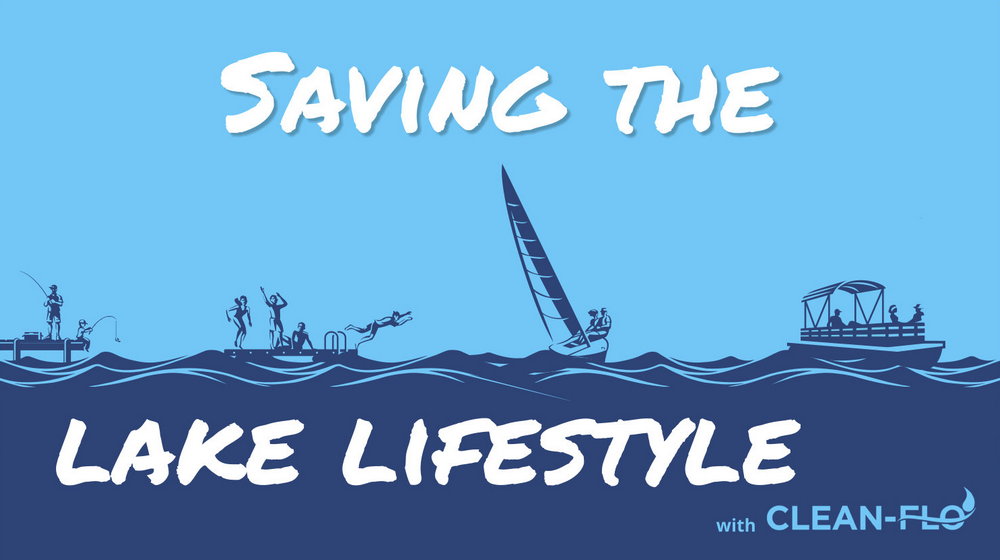A BLUEPRINT FOR AN EFFECTIVE LAKE MANAGEMENT ACTION PLAN
A BLUEPRINT FOR A LAKE MANAGEMENT ACTION PLAN
Lakes are ecological treasures, sustaining biodiversity, providing recreational spaces, and supporting local economies.
However, many lakes face severe threats from eutrophication, hypoxia, and harmful algal blooms (HABs) – challenges that traditional management approaches have failed to address effectively

THE PROBLEM WITH LAKE MANAGEMENT PLANS
Conventional lake management plans have predominantly focused on monitoring water chemistry parameters like nutrient levels, chlorophyll, and transparency. While this data is valuable, it primarily documents symptoms rather than identifying the underlying root causes driving eutrophication and ecosystem decline.
Annual reports then become a record of the progressive demise of the lake with no tangible path to remediation. With no light at the end of the tunnel and potentially greater symptomatic treatment costs every year, fund-raising for lake restoration becomes all the more difficult.
As highlighted by the Government Accountability Office (GAO), this reactive “monitoring to extinction/oblivion” approach is passive and often ineffective at reversing degradation. The GAO has called for a paradigm shift, urging lake managers to employ proactive, science-based strategies that directly target hypoxia, sediment nutrient recycling, HAB prevalence, and detrimental ecosystem regime shifts.
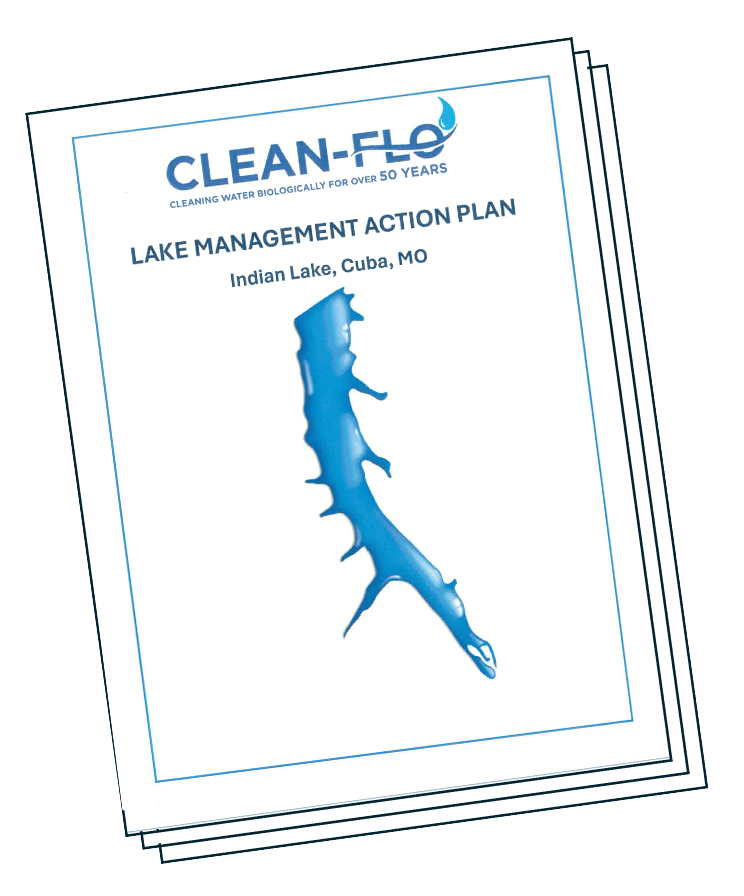
A NEW STANDARD: LAKE MANAGEMENT ACTION PLANS
Our Lake Management Action Plans embody this forward-thinking approach, serving as a comprehensive blueprint for revitalizing eutrophic lakes through targeted, evidence-based interventions. These plans prioritize actionable strategies that address root causes, including:
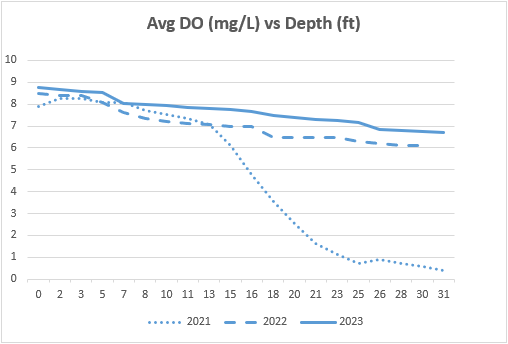
● Oxygenation: Enhancing dissolved oxygen levels throughout the water column is crucial for combating hypoxia and its cascading effects. Our plans incorporate proven advanced RADOR oxygenation technology tailored to each lake’s unique characteristics.
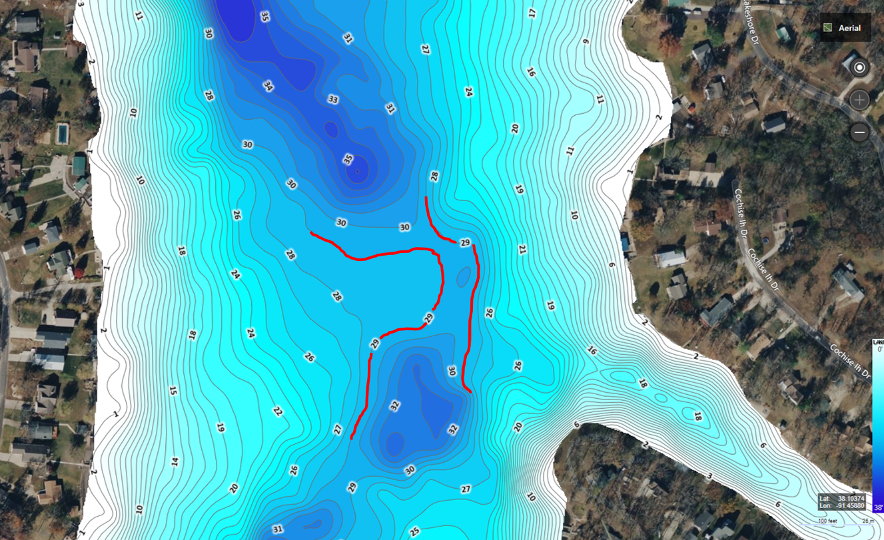
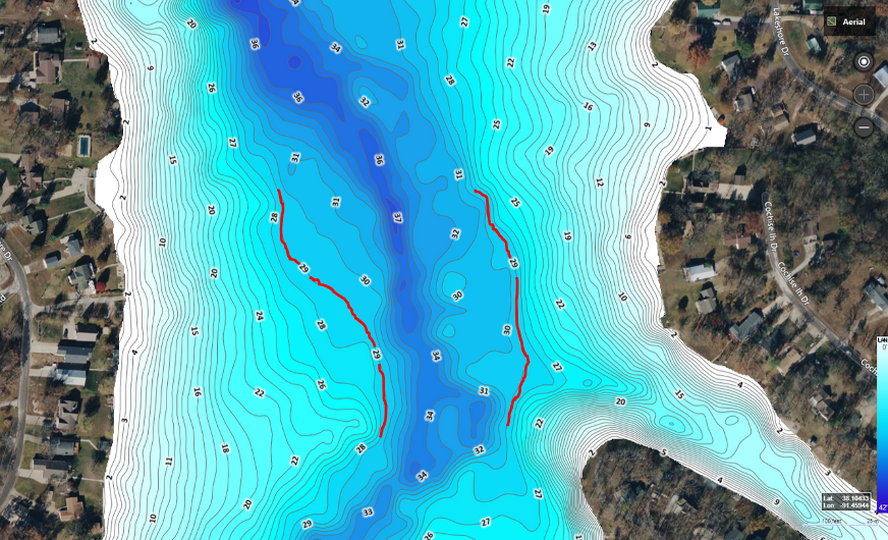
Bio-Dredging deepens and widens the channel
● Organic Sediment Management: Nutrient-rich organic sediments can perpetuate eutrophication by recycling nutrients into the water column. Our plans assess sediment quantities and utilize bioaugmentation to Bio-Dredge these sediments away
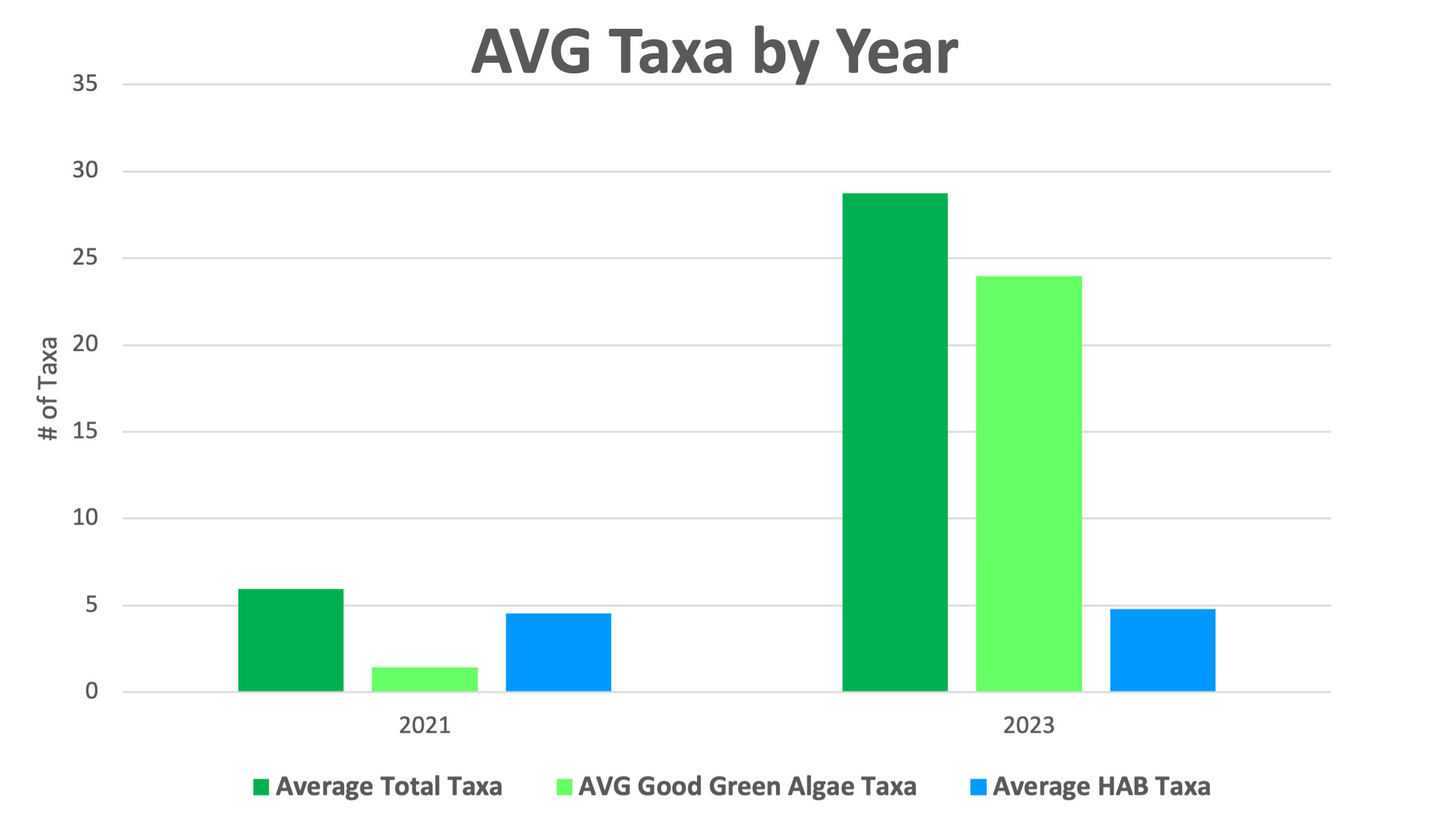

● Phycological Profiling: Maintaining a balanced phytoplankton community is essential for ecosystem health. Our monitoring protocols track the prevalence of toxin-producing cyanobacteria, informing targeted measures to control harmful algal blooms and restore biodiversity.
These core components of our Lake Management Action Plans directly align with the GAO’s recommendations for effective management of hypoxia and HABs:
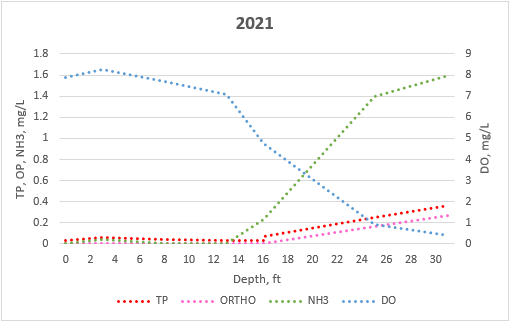
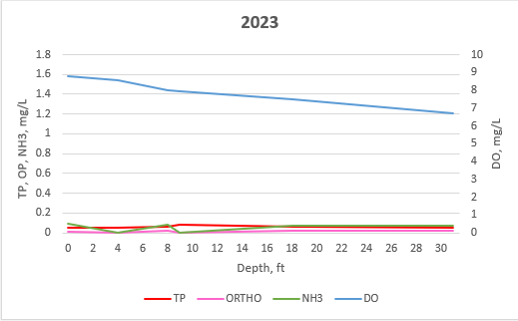
PROOF OF PERFORMANCE: MEASURING RELEVANT, ACTIONABLE PARAMETERS
Unlike traditional monitoring programs focused on cataloging symptomatic decline, our plans prioritize the collection of data that directly informs management actions. Relevant parameters such as sediment nutrient dynamics, phycological profiles, and whole-column oxygenation are continuously monitored, enabling targeted interventions and adaptive strategies.
This data enables us to adopt an adaptive management approach, tailoring and adjusting the program as the lake’s condition changes and improves.
Meaningful Reporting
Many annual lake reports are long, complicated documents that are difficult to understand and even more difficult for lake committee members to explain to their stakeholders what value they are getting for their money.
We Simplify the Science™ by providing easy to understand reports that focus on relevant parameters and measure quantitative improvements in the root causes that drive eutrophication such as oxygenation, sediment reduction and achieving biodiversity in phytoplankton to ensure that toxin producing cyanobacteria species are kept in check.
These reports are invaluable for lake committees when reporting back to their stakeholders and fund-raising.

Fostering Stakeholder Engagement and Education
Recognizing that successful lake management requires community support, our lake management plans emphasize stakeholder engagement from the outset. Through public workshops, educational programs, and collaborative decision-making processes, we cultivate a shared understanding of the importance of addressing root causes and building a unified vision for lake revitalization.
A Sustainable Path to Thriving Lake Ecosystems
By confronting eutrophication, hypoxia, and HABs at their roots through proactive, science-based action, our Lake Management Action Plans offer a sustainable path to restoring the ecological, economic, and recreational value of lakes. This comprehensive approach empowers communities to become active stewards of their cherished water bodies, ensuring their vitality for generations to come.
Take the First Step Towards Lake Revitalization
If you’re ready to embark on a transformative journey towards a thriving, resilient lake ecosystem, we invite you to contact us for a comprehensive Lake Management Action Plan template.
This powerful tool will guide you and your team through the development of a tailored, evidence-based plan that aligns with the latest recommendations and best practices in lake management.
Don’t let your lake succumb to the devastating effects of eutrophication and ecosystem decline. Embrace a proactive, root cause-focused approach that promises lasting revitalization. Reach out to us today, and let’s work together to create a brighter future for your lake and community
Download the Lake Management ACTION Plan E-Book
Ready to explore how oxygenation can transform your lake? Download Clean-Flo’s Lake Management ACTION Plan E-Book to learn more about our innovative solutions, real-world results, and how we can help restore and protect your lake.


